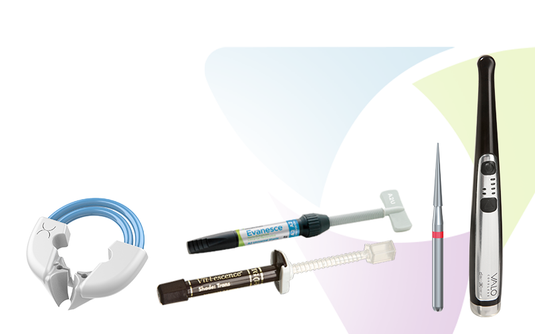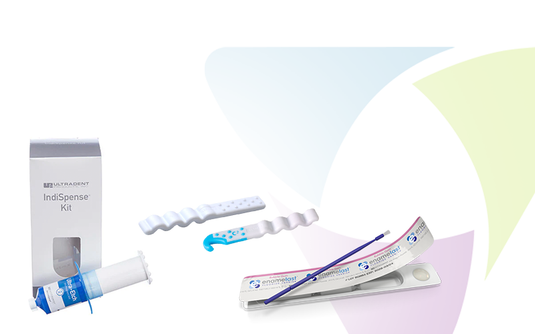
Composite Warming: Why and How
Clinicians have been toying around with warmed composite for decades, but there is now a tangible shift in composite warming preferences.
Why warm composite?
A large number of dentists, probably the majority in North America, are still hand layering and attempting to “pack” the composite with a condenser, as if it were amalgam. Once a clinician moves to injecting, the advantages of heating are obvious. If a clinician hasn’t moved to injecting, they need to remember that composite is not really packable, so heating and “packing” don’t go together. Composite is, however, a phenomenal material when we injection mold it. Many manufacturers heat the composite to facilitate loading of the syringes. Packing and layering may lead to voids which you may see on a radiograph and knit lines which may pick up stain or plaque over time. With the advent of the Bioclear method and other products such as SonicFill™, the industry is recognizing the benefits of injecting composite to create a strong monolithic restoration.
What difference is there to the clinician's hand?
Ask almost anyone who injects heated composite directly (versus using a twisty syringe, putting it in a pad, and then hand loading it into the prep) into the tooth with a syringe and compule, and they will tell you they LOVE it. It’s a game changer! When clinicians use Bioclear matrices that allow for infinity edge margins, heating composite gets even more important. How much better? The extrusion force required for 3M™ Filtek™ Supreme Ultra Universal Restorative and 3M™ Filtek™ One Bulk Fill Restorative is reduced by 75 to 80% when warmed in a HeatSync composite warmer, which is pre-set at 155 °F (68 °C). And yes, we even heat the flowable composite which becomes markedly more friendly to inject.
Composite Warming Q&A
Has there been a shift to warmed composite?
Yes. In 2018 3M Oral Care did market research in the USA, Brazil, Germany, the UK, and Russia and found that 14% of dentists were heating their composites. That number continues to grow. Many dental schools have recently begun injection molding composites with heated composite. Canadian dental schools including University of Alberta, University of Montreal, and McGill University are now embracing this change thanks to the hard work of several faculty members there.
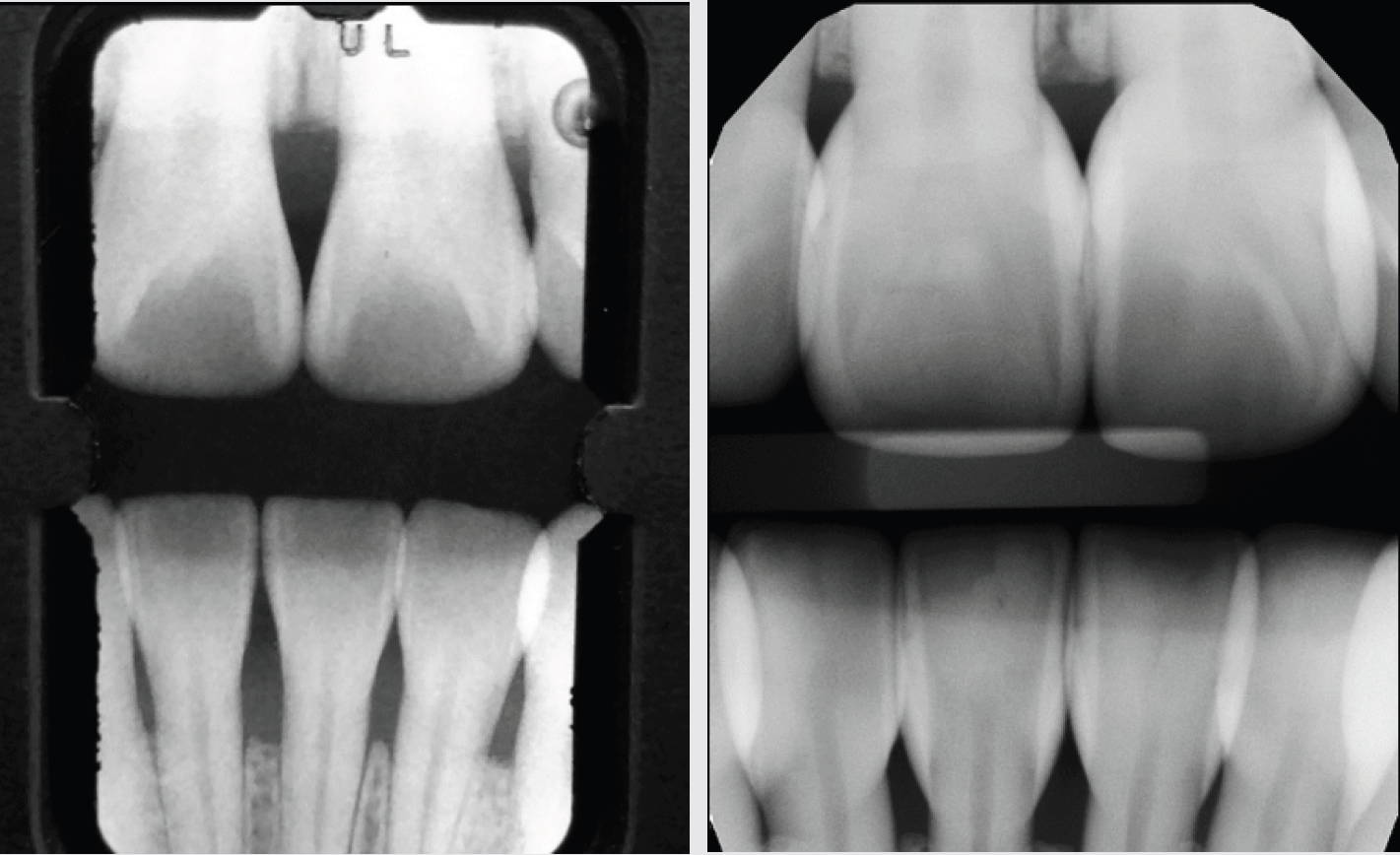
Pre-Op
6 Years Post-Op
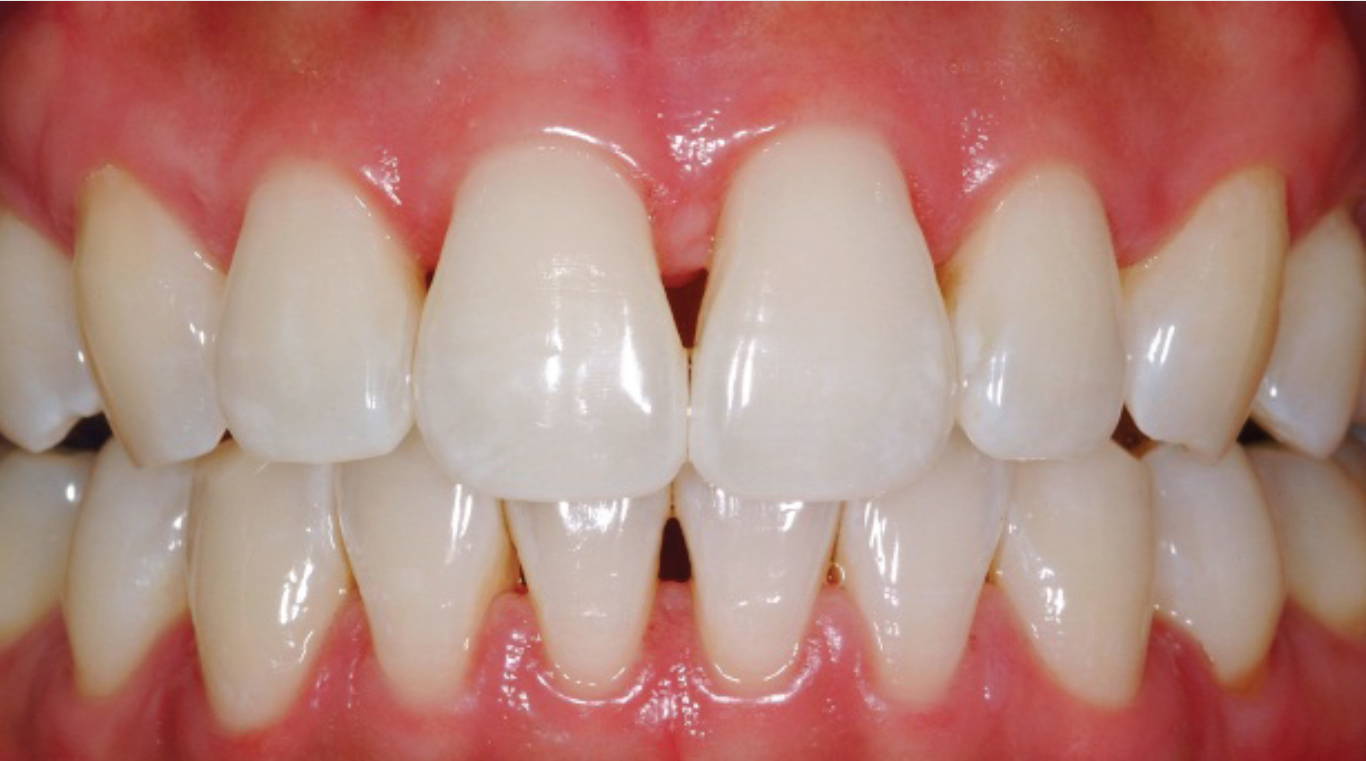
Pre-Op
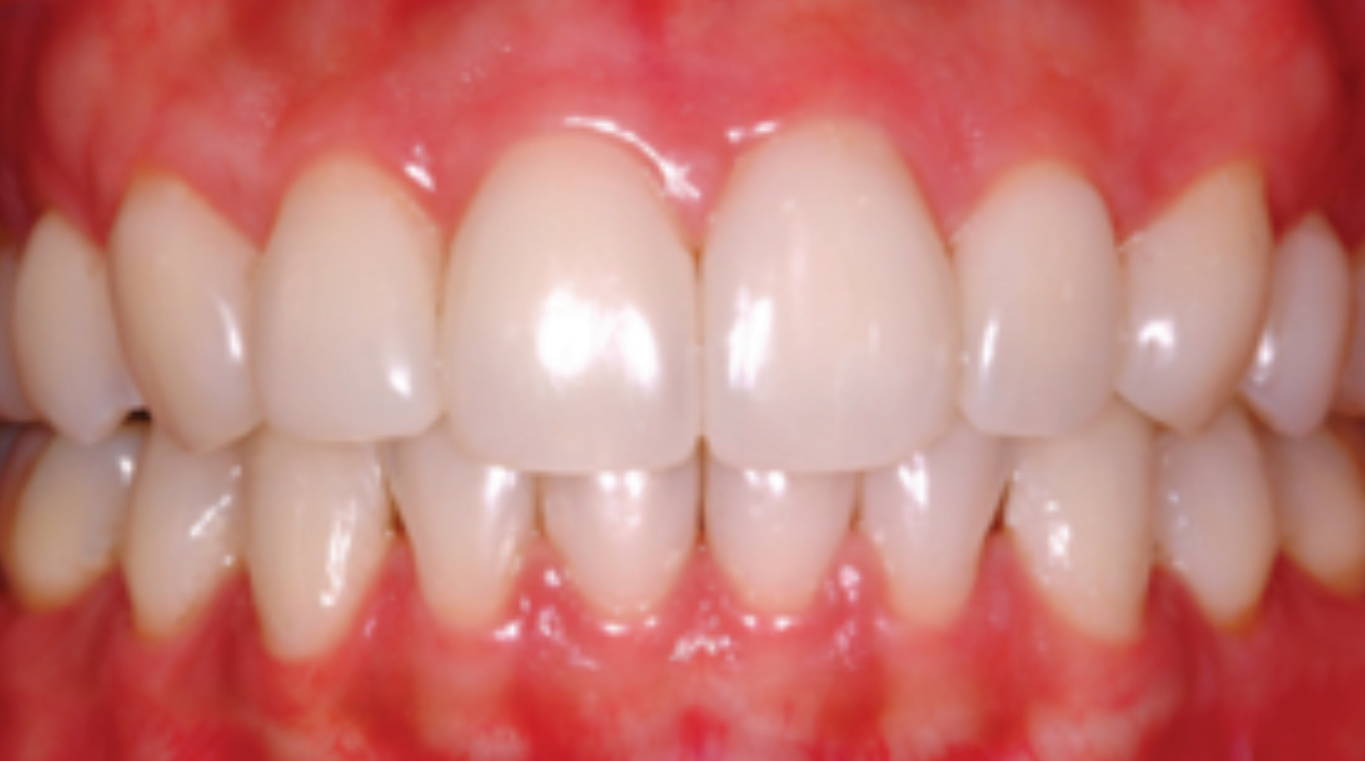
Post-Op
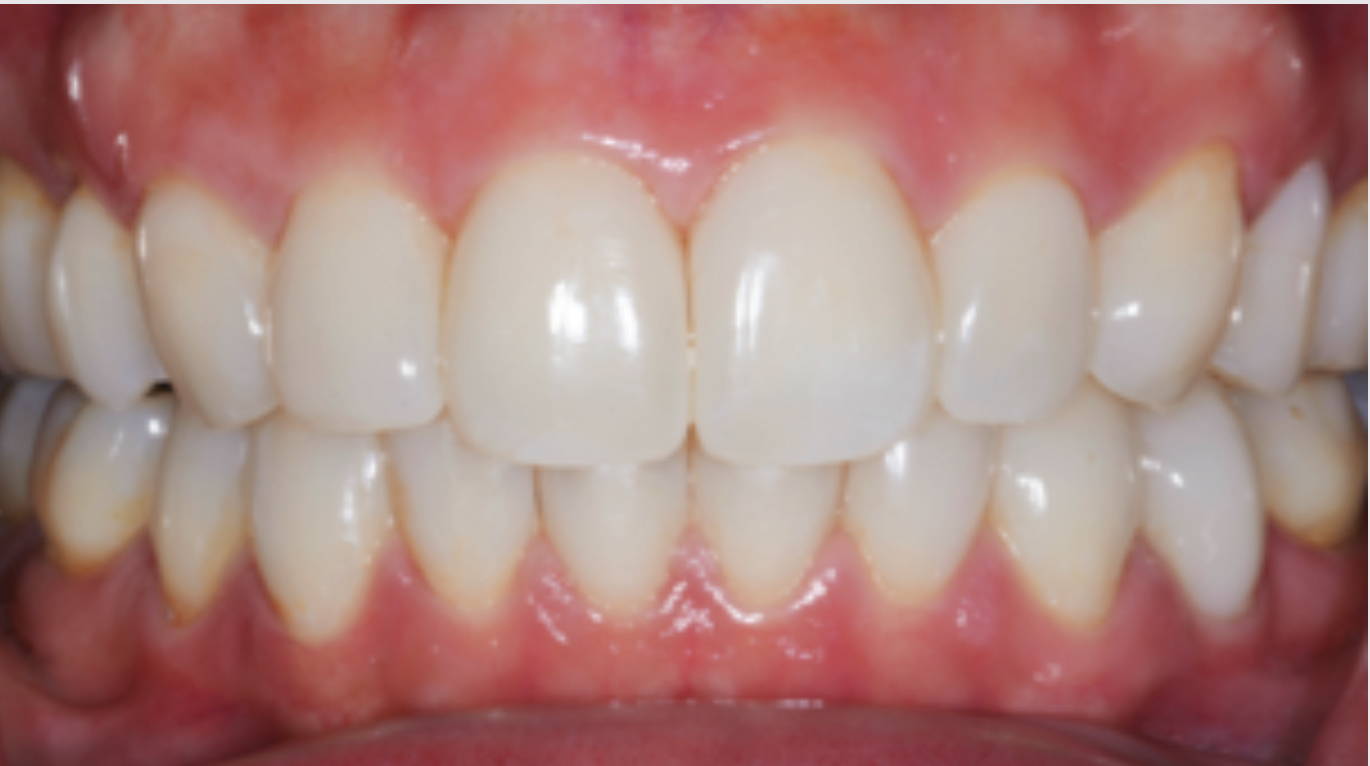
6 years Post-Op
Images courtesy of Dr. David Clark
What temperature is ideal for composite warming?
There is a “sweet spot” for liquefaction of composite. There is a wide array of composites with drastically different viscosities, so heating brand A is very different than heating brand B. The HeatSync was designed around the viscosity of 3M™ Filtek™ Supreme Ultra Universal Restorative, and we found the ideal temperature for that composite is 155°F. Any hotter than 155 has not been tested and may be unsafe. Any colder and the flowability will be dramatically reduced.
Is warmed composite safe for the pulp and for the composite?
Interestingly, composite has low thermal conductivity and low specific heat. Studies have shown that injecting warmed composite near the pulp creates insignificant pulpal warming. Think of hot popcorn versus a hot metal spoon. Same temperature, completely different impact. As far as integrity of the composite, very few manufacturers have done studies. 3M did exhaustive studies with the HeatSync and showed that their Filtek flowable and paste composites were not compromised by heating. It has been our experience that some brands don’t perform as well when warmed, and the clinician is advised to ask the manufacturer if there is a concern.
Final clinical tips?
Most clinicians who start using warmed composite convert immediately and use it on most cases. Anything you use all day, every day, should be of the best quality in terms of durability and ergonomics. Trying to heat the composite on coffee warmer or an inexpensive warmer sounds like a good idea at first but will become a burden right away and can be damaging to the composite. Heated flowable is almost a must so make sure that you can heat both flowable and paste at the same time. The HeatSync was built for serious injection molding and has dual ports for both paste and flowable. This feature is important because the composite will cool rapidly once removed from the warmer, so having a backup warmed flowable and 2nd paste syringe is critical on bigger cases, or any time when there is an unexpected delay in injecting. We like to inject the composite within 15 to 20 seconds after removing it from the heater. The HeatSync reaches optimal temperature in about 15 minutes. The compules take about 7 minutes to reach optimal heat. CRD reps, Bioclear reps, and 3M reps are well versed in the art and science of warmed composite and are a good resource for more information.
Composite warming is one of the staples of the Bioclear Method. Interested in learning more? Book a free demo. Available in Canada only.
Already practicing the Bioclear Method? Buy any Bioclear and 3M brand products on the same invoice and SAVE 10% OFF 3M.
About the Author

David Clark, DDS
David Clark founded the Academy of Microscope Enhanced Dentistry, an international association formed to advance the science and practice of microendodontics, microperiodontics, microprosthodontics and microdentistry. He lectures and gives hands-on seminars internationally on a variety of topics related to microscope-enhanced dentistry. He has developed numerous innovations in the fields of micro dental instrumentation, imaging, and dental operatory design.
Discover More
This article was originally published in the Clinical Life™ magazine: Winter 2022 edition
Clinical Life™ magazine is a premier periodical publication by Clinical Research Dental Supplies & Services Inc. Discover compelling clinical cases from Canadian and US dental professionals, cutting-edge techniques, product insights, and continuing education events.

